Throughout British history, there have been just over a thousand Knights of the Garter. According to tradition, the order was founded by King Edward III in 1348, not long after he laid a claim to the throne of France. King Edward and his son, also called Edward, began the Hundred Years War against the French for control of their country. At first, the English were successful with great victories at the Battle of Crecy and Poitiers and later at Agincourt in 1415 when a small English army defeated a larger French one. Eventually, the French shook off the yoke of English rule under Joan of Arc, who was burnt at the stake by them in 1432, but who by then had lit the flame of French freedom from control by England.
Legend has it that Edward was dancing with the Countess of Salisbury when her garter came loose and fell to the ground, much to the amusement of those around her, who may have been jealous of her influence. Edward, however, picked up the garter and said: ‘Honi soit qui mal y pense.’ This is translated as ‘Shame on him who thinks evil’ or, more colloquially, ‘Evil comes to him with evil thoughts.’ There was an element of threat here: the king will take action against those he perceives as his enemies. He then said that he would make the garter the symbol of his closest friends, and this famous phrase has become the motto of the order. The award of the garter has since then become the highest honour given in the United Kingdom.
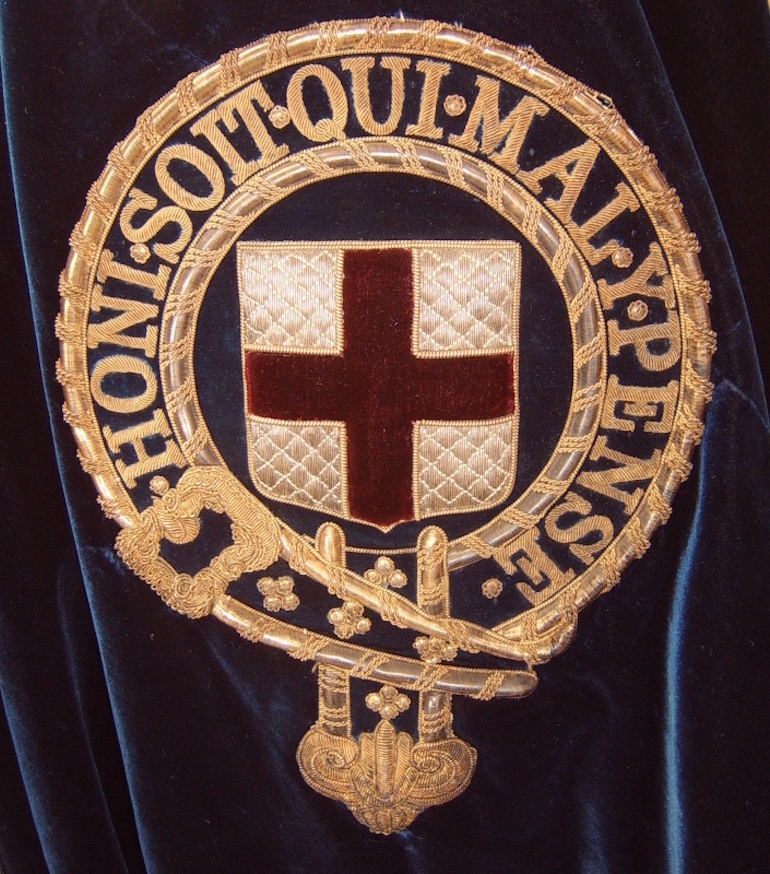 Badge of the Order embroidered onto the left shoulder of a Knight’s blue velvet mantle. Photo Credit: © Nicholas Jackson via Wikimedia Commons.
Badge of the Order embroidered onto the left shoulder of a Knight’s blue velvet mantle. Photo Credit: © Nicholas Jackson via Wikimedia Commons.
Knights Of The Garter
Originally the garter was awarded to men who fought with and for the king and his eldest son, who was known as the Black Prince and wore a famous black suit of armour. He is buried in Canterbury Cathedral, and his magnificent tomb is a reminder of his feats in battle from when he first fought against the French at the young age of sixteen at the Battle of Crecy in 1346, leading the English to a crushing defeat of the French, a feat he repeated at the Battle of Poitiers ten years later in 1356. Although he is traditionally called the Black Prince because of the colour of his armour, the French knew Edward as ‘le Prince Noir’ because of his effectiveness in battle and cruelty towards his enemies afterwards. The Black Prince never succeeded to the throne of England because he died of dysentery in 1376, a year before his father, who was succeeded by his grandson son King Richard II.
The early garter knights had fought for King Edward against the French, and there was a symbolism behind the image of the garter, which bound these men together in loyalty and fidelity to their king and his claim to the French throne. There is a maximum of twenty-four garter knights, plus the monarch and the Prince of Wales, although this number is not always reached. At the time of writing, there are six vacancies in the list of garter knights.
While the original garter knights were all fighting men, today the order is bestowed upon those who have given distinguished service to their country or who are members of foreign royal houses. The garter is often – but not always – given to former Prime Ministers. Amongst the garter knights of the twenty-first century are John Major and Tony Blair, both former occupants of 10 Downing Street. The honour has not (yet) been bestowed on other former PMs such as David Cameron or Gordon Brown, Tony Blair’s successor at number 10.
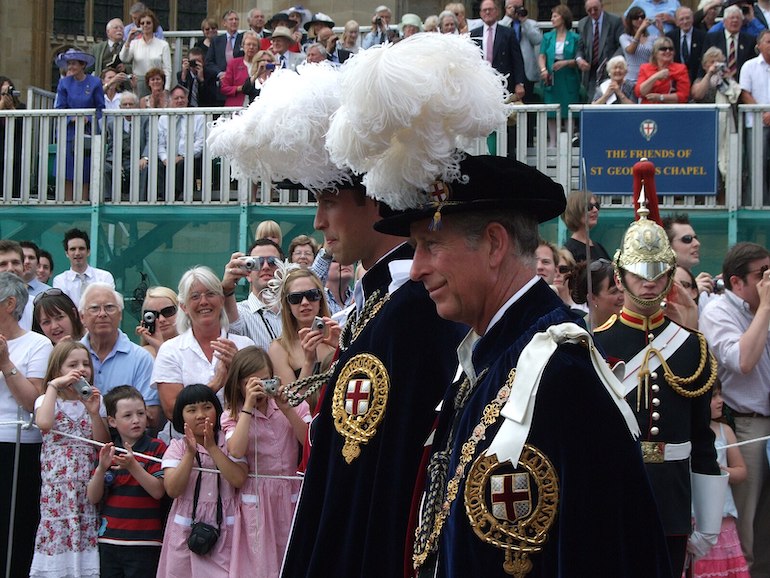 Prince William and Charles at Garter Day 2008. Photo Credit: © Ibagli via Wikimedia Commons.
Prince William and Charles at Garter Day 2008. Photo Credit: © Ibagli via Wikimedia Commons.
Winston Churchill, a former Prime Minister, was installed as a Knight of the Garter in 1953, shortly after Queen Elizabeth the Second came to the throne. He was the first man appointed to the Order of the Garter by the late queen. Her final appointment to the Order was Tony Blair, who held the office of Prime Minister for ten years from 1997 to 2007.
You can see Churchill’s plaque inside Saint George’s Chapel. When a man or woman is installed as a garter knight, a banner with a coat of arms is flown above the stall in which he or she sits. The garter is a lifetime honour which is not passed down to the children of the recipient, and after the knight’s death, the banner is removed and replaced. All that remains of previous knights of the garter is a plaque with their names and coat of arms.
Women were at first included as Lady Companions of the Garter. This practice was stopped by King Henry VII, who made his own mother, Margaret Countess of Beaufort, the last lady knight in the late fifteenth century. The practice of appointing Lady Companions was revived by King Edward VII, who gave the garter to his wife Queen Alexandra. His son King George V also appointed his wife Mary as a Lady Companion, as did George’s son King George VI, who gave the garter to his wife, Elizabeth the Queen Mother. Their daughter, the late Queen Elizabeth, formalised the process in 1967 when a statute made the installation of Lady Companions of the Garter possible. The Olympic gold medal winner Mary Peters was appointed to the order in 2019, and Valerie Amos became the first black person of either gender appointed when was given the garter in 2022.
Garter Day
Windsor Castle is particularly associated with the Order of the Garter, and the Knights meet there most years in June on Garter Day when a large royal standard is flown from the central round tower of the castle. This a colourful occasion, and although the castle is closed to visitors on Garter Day, it is possible to see the knights and lady companions wearing their colourful robes as they walk through the town and attend a service at Saint George’s Chapel inside the castle. Traditionally new members of the order will be announced on 23rd April, Saint George’s Day, and they will be introduced to older members on the next Garter Day.
Some Garter Knights, particularly members of overseas royal houses, do not attend Garter Day. Their place in the ceremony is filled by Military Knights, who are retired officers from the British armed services. They live inside the castle in houses that are situated opposite the chapel. You can see the symbol of the Order of the Garter on the wall of these houses. The motto ‘Honi Soit Qui Mal Y Pense’ is inscribed on a pale blue garter that is wrapped around the Cross of Saint George in the centre of the symbol of the order.
Since the Order of the Garter was founded seven centuries ago, other orders have been established to honour people who given important service to the country. The Order of Bath, which is based in Westminster Abbey, was founded in 1725 and rewards those who have given distinguished military service or who have worked in the civil service. The Order of the Thistle honours those who are of Scottish origin, while the Order of Saint Patrick (which is now dormant) honours those who are of Irish origin. The Order of Saint Michael and Saint George honours diplomats who have worked to promote Britain’s interests while on active service overseas. Accession to these orders is granted on the advice of the government of the day, while appointments to the Royal Victorian Order are at the sole discretion of the monarch and are granted to those who have worked for the royal family.
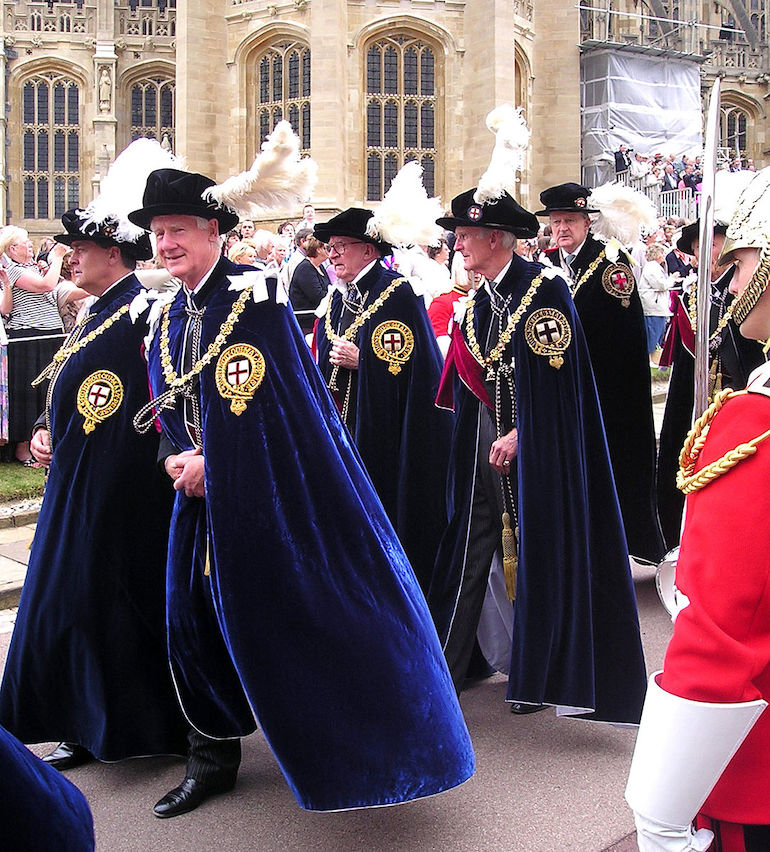 Knights Companion of the Most Noble Order of the Garter, in procession to St George’s Chapel, Windsor Castle, for the annual service of the Order of the Garter. Photo Credit: © Philip Allfrey via Wikimedia Commons.
Knights Companion of the Most Noble Order of the Garter, in procession to St George’s Chapel, Windsor Castle, for the annual service of the Order of the Garter. Photo Credit: © Philip Allfrey via Wikimedia Commons.



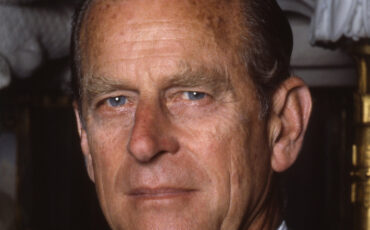
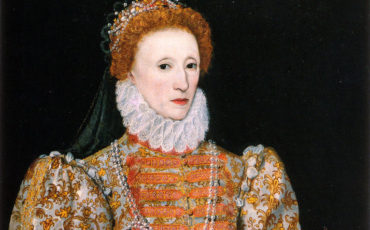


Leave a Reply